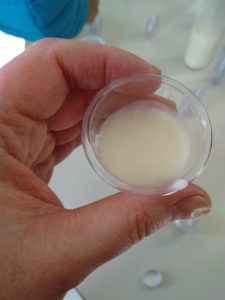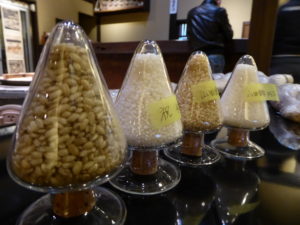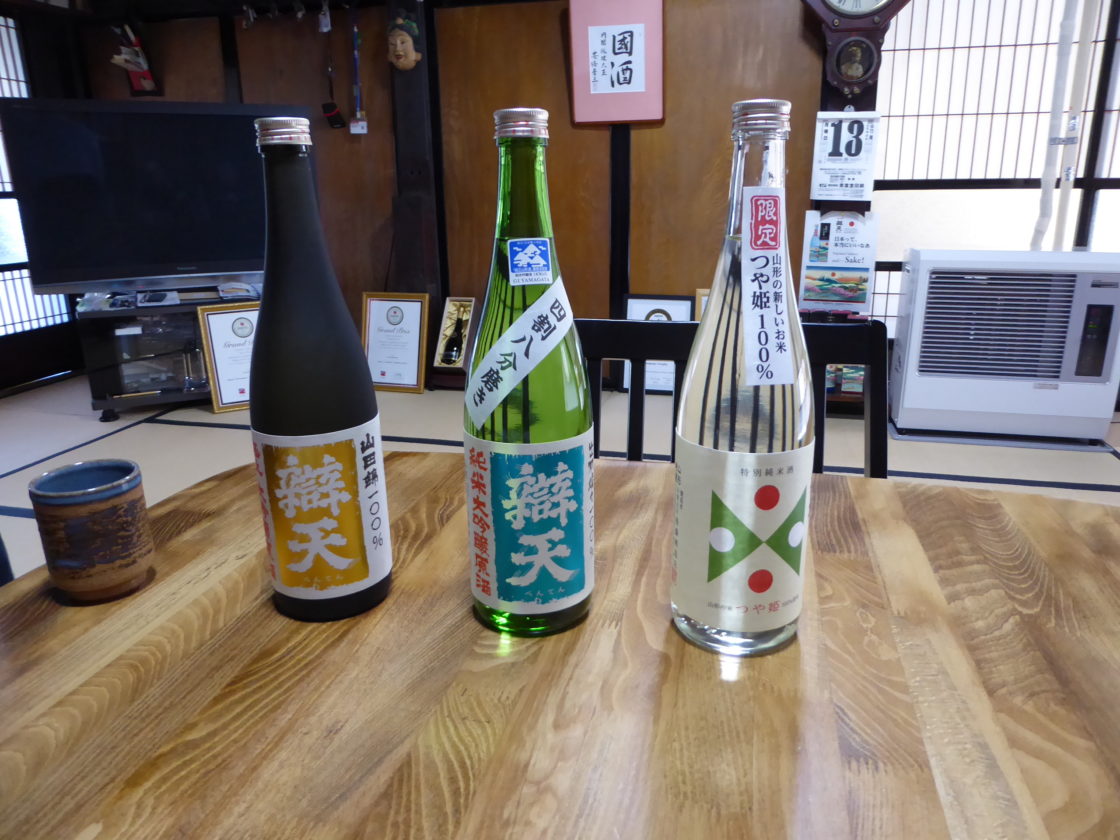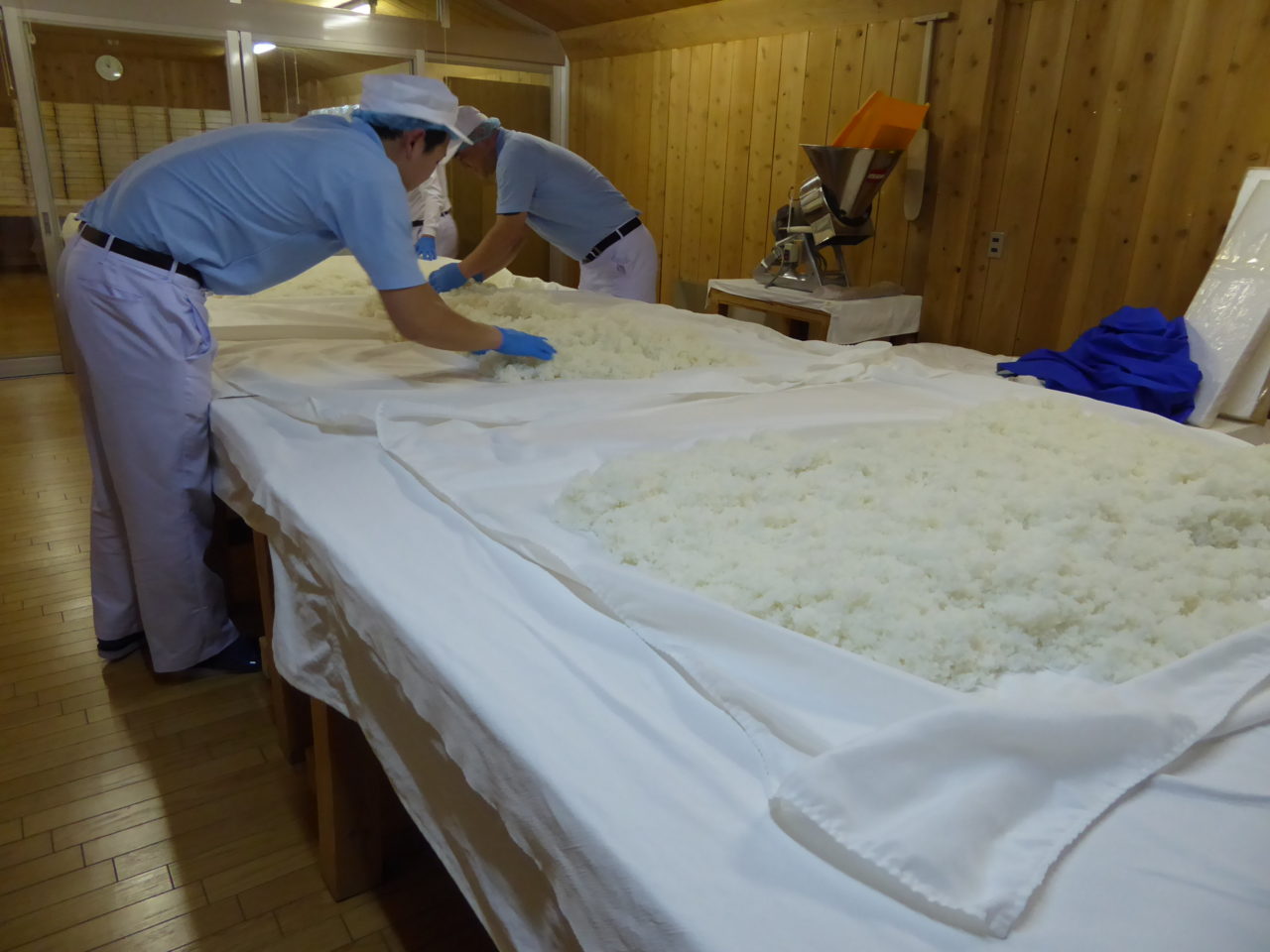Welcome back to part four of this five-part overview of nihonshu! So far, we’ve looked at sake produced by the standard brewing process, which involves: milling, soaking and steaming rice, cultivating koji on some of it, creating a yeast starter, building the full mash in stages by adding more rice, rice with koji and water, allowing the koji and yeast to do their thing, then pressing, charcoal fining, pasteurising, maturing, then pasteurising again before bottling and finally releasing the sake.
Just as variations in raw ingredients (rice variety, milling ratio, water hardness/mineral content) and brewing style (yeast, temperature/speed) affect aroma and flavour, other aspects of the brewing process also have an impact and create what I very loosely refer to as sake “styles”.
Start with Yeast starters
Variation can come into play as early as creating the yeast starter. A medieval method known as bodaimoto or mizumoto involves soaking a mixture of raw and cooked rice in water until lactobacillus populations create a pH that favours natural yeast. This starter generates powerful acidity and very distinctive sake. It also uses ambient yeast present in the brewery (which is how it was done before brewers could identify and cultivate yeast) so very much a laissez-faire product.
More recent (Edo period) starters are kimoto and yamahai, which also use lactobacilli naturally present in the brewery to provide the lactic acid that protects the mash from contamination. Kimoto starters require brewery staff to spend long hours grinding the rice with tools or treading on it to crush it, often timed and measured by laments on how they’d like to go home and see their families. This method produces a distinctive profile with plenty of acidity.
Once the scientific method was brought to bear on brewing techniques in the early 20th century, a researcher at the National Research Institute of Brewing figured out that there was no need for the grinding, a stage known as yamaoroshi. The omission (haishi) of this step led to yamaoroshi-haishi, or in the usual Japanese method of taking the first and third character of a four-character term, yamahai. Although the process doesn’t seem too far from kimoto the result is quite different, with savoury umami dominating instead of acidity.
Most modern brewing uses a fast starter method where commercially produced lactic acid is added directly to the yeast starter. This takes two weeks off the total brewing time and also standardises the process. But there are still plenty of steps where brewers can create more differences.
It’s unusual to see the yeast variety on the label, but where a brewery does list it the lower numbers (older yeast varieties, particularly #7) produce more traditional, less aromatic, umami-driven profiles whereas higher numbers (more modern varieties such as #9, #10, #14) are more fruity and floral.
Pressing issues

There is an old home-brew style of sake called doburoku where the mash is drunk (eaten?) without pressing, which has recently come back into fashion. (Home brewing anything over 1% abv is illegal in Japan.) Once brewing is complete, the liquid must be separated from the remaining rice solids to legally qualify as sake. Coarse pressing that leaves in fine lees, or full pressing followed by adding some lees back in, creates nigori (cloudy) sake. It can range from a hazy sasa-nigori with very little lees to bottles half-full of sediment with a texture like alcoholic double cream.
At pressing, even without the alcohol added for non-junmai brews, sake often hits 18-20% abv and is usually diluted with the same water used for brewing to bring it down to around 14-16% before release. Undiluted sake is called genshu, meaning it’s at its original strength.
Filtering and pasteurisation
Charcoal fining gives the total clarity and colourlessness that most people expect, but also takes away some flavour. Unfined sake is called muroka and frequently has a slight yellow or green hue and some haziness along with a fuller range of flavour.
Made without preservatives, sake is conserved by pasteurisation, which halts any enzymatic activity from the koji or yeast and stabilises the product. This means it has no sulphides, which can cause allergies in wine. Most sake is pasteurised twice, once after pressing and once when bottled after tank storage. However, some are stored unpasteurised (nama-chozo), some bottled without additional pasteurisation (nama-zume) and some are not pasteurised at all (nama). While nama-chozo and nama-zume behave more or less like their twice-pasteurised cousins, any sake that is completely unpasteurised usually needs to be refrigerated at all times.
You will see some namazake that is unrefridgerated, but it’s not untreated. Other techniques such as ultra-fine filtration will also stop enzymatic activity, but like charcoal fining will remove some of the flavour in the process.
Sake Seasons
 Traditional breweries only operate through the cold winter months when the ambient temperature is suitable for brewing. If you get just-brewed sake at the brewery in the late winter or early spring, it’s a lively, bubbly and herby brew known as shin-zake (new sake).
Traditional breweries only operate through the cold winter months when the ambient temperature is suitable for brewing. If you get just-brewed sake at the brewery in the late winter or early spring, it’s a lively, bubbly and herby brew known as shin-zake (new sake).
Most sake is laid down after pressing and spends the hot summer mellowing in tanks, to be released to market when the temperature drops. This established a tradition of maturing sake for around six months after pressing, with shipping in the autumn giving it the name aki-agari (ready in autumn), or hiya-oroshi (shipped out when it gets cool, a type of nama-zume).
Bubbles and aging
Sparkling sake or awasake is a relative newcomer to the market, and some of it is standard sake which has been carbonated. A small number of producers use a Champagne-style secondary fermentation. Many awasake are low in alcohol to cater to the demand for low-alcohol drinks in Japan, and most need refrigeration.
Sake can be aged very successfully, but this is usually done by the brewer with the sake brewed to be aged and released when they deem it ready. Called jukuseishu (matured sake) or koshu (“old” sake), it is rare today as many breweries chose not to age their stocks for tax reasons. If you do find it, you’ll see the development of a beautiful amber colour over time, along with rich flavours of dried fruit and honey.
That’s our high-speed recap of the brewing process and all the ways it can be used to create a wide range of variations on the basic theme! In the next and final installment in this introductory series, I’ll look at the structure of the industry, its dramatic decline and how you can get started exploring sake.

Based in Zurich, Switzerland, Arline is a professional Japanese to English translator and founder of taste-translation.com. She holds a trio of sake certifications: Wine and Spirits Educational Trust (WSET) Level 3 Award in Sake, Sake Service Institute International Kikizake-shi, and Sake Educational Council Certified Sake Professional.


